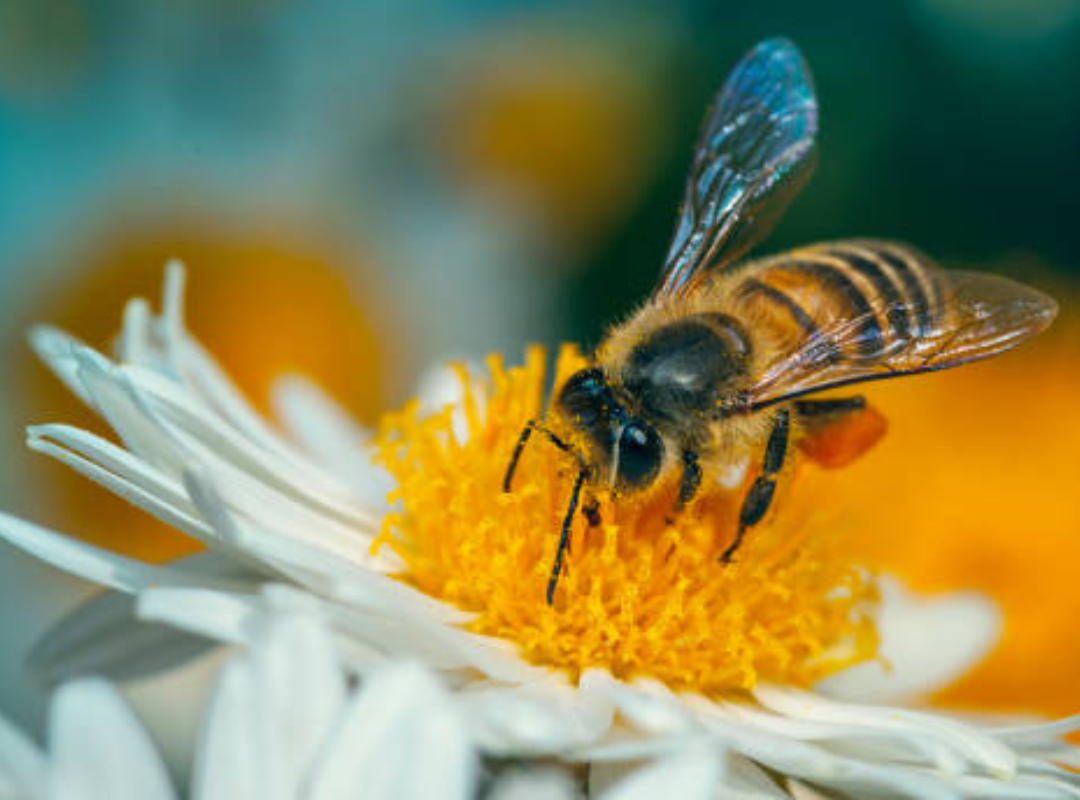Bees are extraordinary creatures whose complex behaviors play a pivotal role in maintaining ecological balance. Despite their importance, bees can sometimes settle in residential areas, causing challenges for homeowners. Addressing these situations requires a thoughtful approach rooted in understanding bee behavior. Their tendency to nest in protected, resource-rich spaces can lead to unexpected conflicts with humans. This article explores why bees select specific locations for their colonies and offers practical guidance on how to redirect them safely, ensuring harmony between humans and these essential pollinators.
Why Bees Choose Specific Locations
Bees are selective when it comes to choosing a nesting spot. Their choice is influenced by factors such as safety, accessibility to resources, and environmental conditions. Understanding these preferences can help us predict and redirect their behavior.
1. Protection from Predators
Bees look for spaces that offer natural protection. Hollow trees, crevices, and even the walls of houses provide safety from predators and harsh weather.
2. Accessibility to Nectar and Pollen
Proximity to flowers is another driving factor. Bees prioritize locations near abundant food sources, making gardens and flowering trees appealing.
3. Temperature and Humidity
Bees thrive in environments that maintain consistent warmth and humidity. Gaps in house walls or attics often offer ideal conditions.
4. Space for Colony Growth
A growing hive requires adequate space. Bees instinctively choose areas that can accommodate their expanding numbers.
Risks of Unwanted Bee Colonies
While bees are vital to biodiversity, their nests in residential areas can pose risks. From structural damage to potential stings, it’s crucial to address such situations without harming the bees. Understanding their habits enables safe interventions that protect both the colony and the household.
Redirecting Bees: A Humane Approach
Redirecting bees requires a deep understanding of bee behavior and expertise to ensure the safety of all involved. Relocation efforts should focus on preserving the bees’ ecological role.
Encouraging Bees to Leave Naturally
Before taking drastic measures, natural deterrents can help encourage bees to relocate. Strong smells, like citronella or vinegar, can make an area less attractive to them.
Professional Assistance for Safe Relocation
In cases where a colony is firmly established, professional help is essential. Services specializing in humane bee relocation, such as Expert Bee Relocation Los Angeles, ensure that the bees are safely moved to a suitable habitat. This approach minimizes harm and prevents the need for extermination.
Steps for Preventing Future Infestations
Preventing bees from settling in your home requires proactive measures. By removing attractions and securing potential nesting spots, you can significantly reduce the chances of future infestations.
Seal Openings
Inspect your home for gaps, cracks, or crevices where bees might nest. Sealing these areas can deter them from settling.
Manage Flowering Plants
While flowers are beautiful, consider limiting their proximity to entry points, as they can attract bees closer to your home.
Use Bee-Friendly Deterrents
Natural repellents like lemongrass oil can discourage bees without harming them. Applying these around windows and doors can act as an effective barrier.
Understanding Swarm Behavior
Bee swarms are often misunderstood. When a colony becomes too large, a group of bees, led by a queen, leaves to find a new nesting site. While swarms might seem alarming, they are generally non-aggressive. Observing bee behavior during swarming provides clues about their intentions and next steps.
Swarm Safety Tips
If you encounter a swarm, maintain a safe distance and avoid sudden movements. Contacting a professional is the best course of action to handle the situation without harm.
Conclusion
Understanding bee behavior is the key to managing and redirecting them effectively. Bees play an irreplaceable role in pollination and the environment, and their presence should be approached with care and respect. With humane practices and professional help, it’s possible to coexist with these incredible creatures while ensuring safety and peace in your home.
